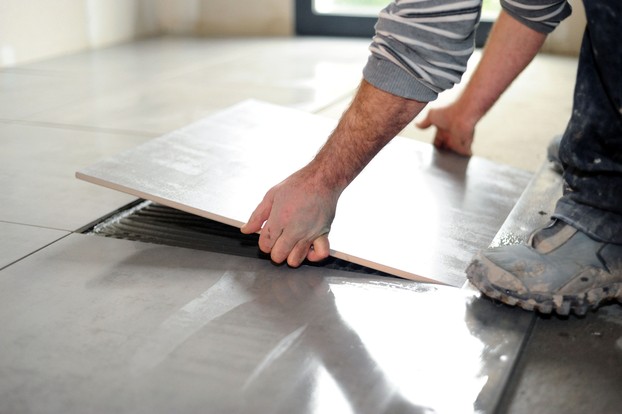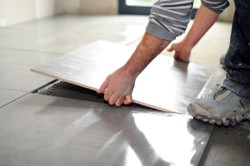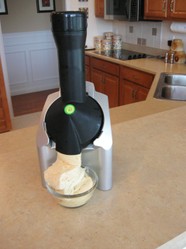There are various concrete finishes to choose from, from scoring, which utilizes a circular saw to cut shapes or grooves in the floor, to stamping, which imprints wood planks, bricks, tiles, or stone patterns and textures onto the concrete, and even special stains that can be applied to the concrete to create beautiful patterns and elaborate designs. Concrete can even be colored while it is being mixed to create a uniform colored concrete floor.
Once the stamping, scoring, or coloring is complete, the floor can also be polished to a glossy shine, which also helps brighten the area.
Concrete floors make great additions to homes, offices, stores, and more. And they don't trap allergens like other types of flooring, which also makes them a great choice for allergy sufferers. If you are considering an upgrade to concrete floors, contact us for a free quote.




 10 Things You Need To Have Clean and Spotless Clotheson 10/28/2021
10 Things You Need To Have Clean and Spotless Clotheson 10/28/2021
 10 Business Ideas For Newbies That Will Thriveon 10/27/2021
10 Business Ideas For Newbies That Will Thriveon 10/27/2021


Comments